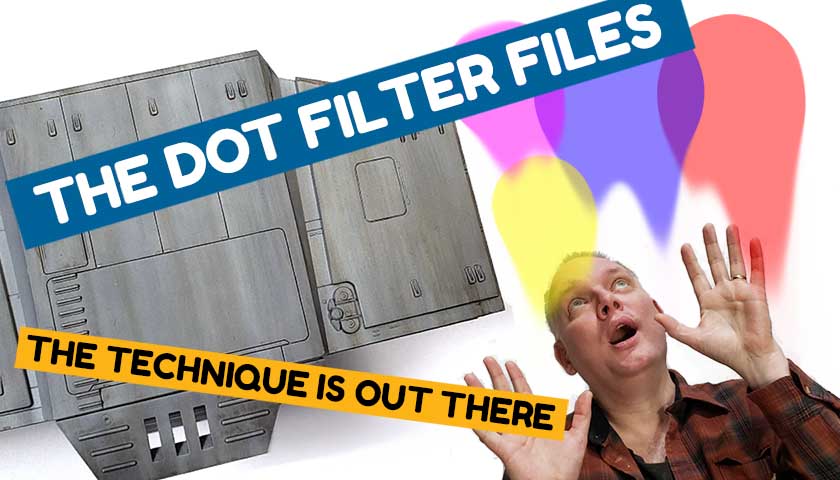In the scale modeling hobby, there are more varieties of techniques that can be applied to our plastic creations that could be practically listed. Some are quite easy, others a bit more difficult.
What I have found in the models I’ve built is that quite often the biggest “barrier to entry” is often not how to do something, but rather when and why. This has been especially true for the technique called “dot filters”.
In this video, I try to dig deeper into the theory of the technique first, and then go through demonstration. While the model I use is a Bandai Star Wars AT-AT, this technique can be applied to Gunpla kits from the Mobile Suit Gundam universe, Maschinen Krieger models, Macross/Robotech, Battlestar Galactica, or any scifi or military models. It’s very cross genre!
And the supplies needed are fairly simple too. Artists oils work fine, or modeling specific products such Abteilung 502 oils, Weathering Oils from Wilder, or Ammo of Mig’s Oilbrushers – all work equally well.
So check out this video, and give the dot filter method a try!
If you’d like to see more videos like this, please subscribe to my Youtube channel, and click the little bell icon to be notified when new videos are posted!


Leave a Reply